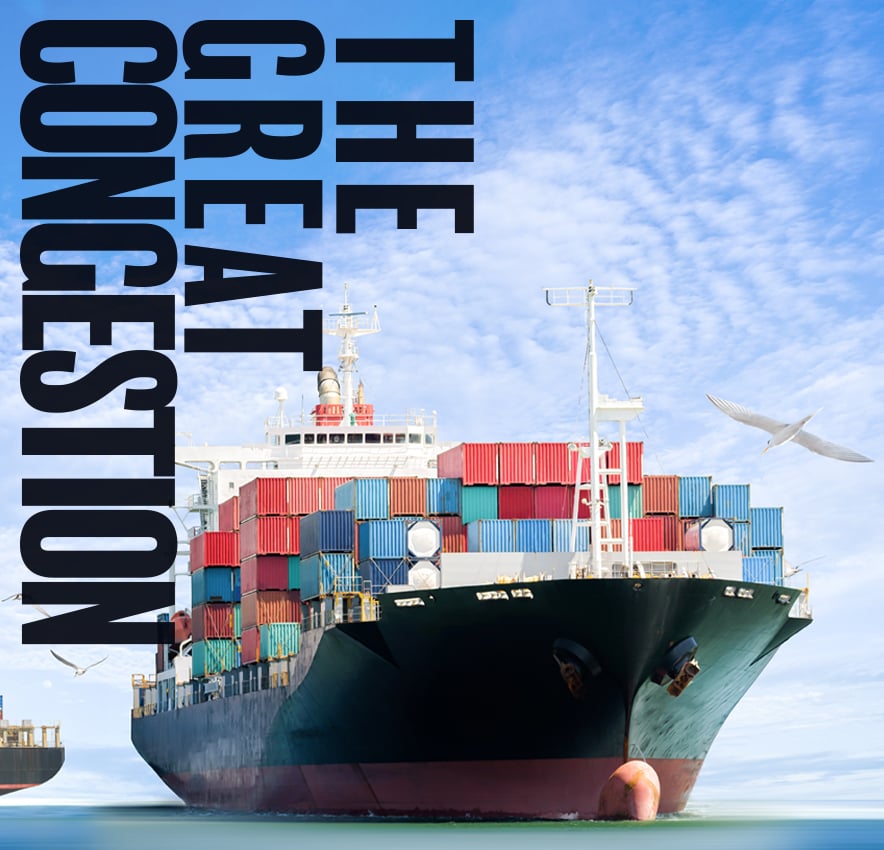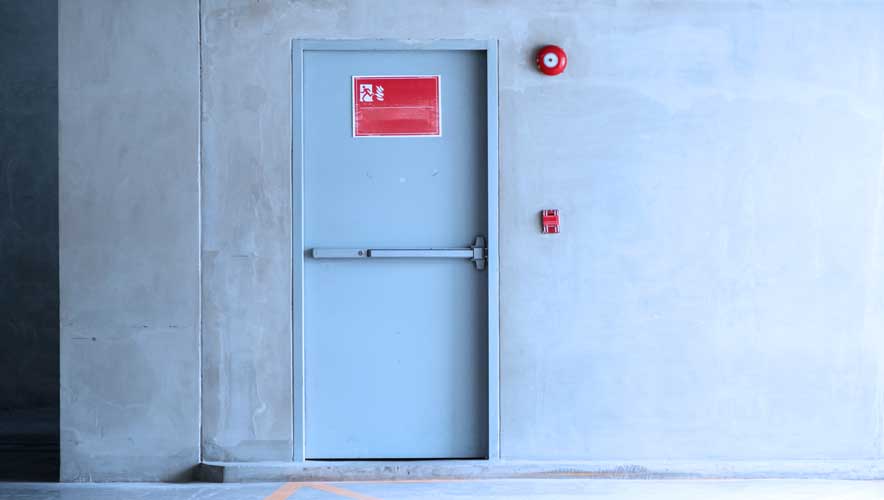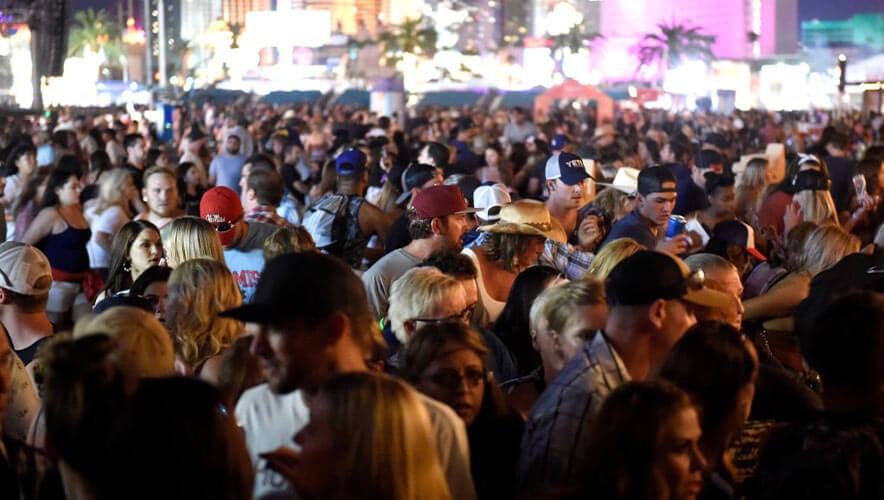Solving the Maritime Talent Shortage Introduces New Challenges
An estimated 33 million Americans quit their jobs between April 2021 and January 2022. This movement has been dubbed the “Great Resignation,” and the transportation sector was just as affected as the rest of the United States. Analysis from the U.S. Bureau of Transportation Statistics (BTS) found that unemployment rates for the transportation sector peaked during the COVID-19 pandemic—specifically May and June 2020—at 15.7 percent.
“Throughout the pandemic, the unemployment rate for the U.S. transportation sector has been higher than the general U.S. unemployment rate with a difference ranging from 0.2 percentage points in June 2021 to 5.2 percentage points in July 2020,” the BTS reported.
Since the spike in 2020, unemployment has decreased, but the workforce shakeup has not been limited to U.S. workers or businesses. International shipping companies and ports also encountered a need for more workers as consumers increasingly turned to e-commerce. Manufacturers tried to keep up with the demand, but some are still trying to meet backlogged orders as issues held up global supply chains. All this translated into continued congestion, with ships waiting—sometimes for weeks—to unload their cargo and keep business moving.
Mike Edgerton, CPP, CISM, CSyP, who manages port security for the Port Authority of New York and New Jersey, says that ports also encounter congestion on land, as well as at sea.
“Getting the goods offloaded into the port environment isn’t necessarily the biggest challenge,” Edgerton says. “The biggest challenge is then moving it through the system—and that’s where trucking and warehousing comes in.”

Prior to 2020, the trend at ports was to focus on a rapid transition from the ship to storage to a delivery vehicle and out of the port, minimizing storage times with an effective and agile internal supply chain for the sites. But this typical flow of cargo was hampered at the height of the pandemic by an increasing rate of incoming goods, a decrease in workers, and shortages in vehicles and truck parts.
The shortages of workers and ground transportation “pushed warehousing…to limits that it may not have anticipated,” which today continues to exacerbate supply chain impacts felt far beyond ports, Edgerton says.
When cargo is unloaded at ports in the United States, the U.S. Customs and Border Patrol (CBP) inspects and clears items once they reach port storage sites and warehouses—seizing any contraband discovered in the cargo. But this additional step that cargo must go through before being transported out of the port also means that cargo takes up storage space for a longer amount of time, potentially contributing to the backlog of ships needing to offload containers.
While CBP works to balance responsible clearance with timeliness, officers’ jobs are not made easier as the agency deals with obstacles in recruiting and retaining staff, which at harbors—like other air and land ports—are responsible for screening imported cargo.
“In recent years, CBP has not attained target staffing levels for its law enforcement positions, citing high attrition rates in some locations, a protracted hiring process, and competition from other law enforcement agencies,” the U.S. Government Accountability Office reported in a March 2019 study.
Jobs on freight ships and around ports might also seem less attractive lately. “While carriers generally managed to mitigate the shock and disruption [caused by the pandemic], port and landside operations found it more difficult to adjust, and seafarers were in a precarious situation as the pandemic triggered an unprecedented global crew-change crisis,” according to a 2021 United Nations Conference on Trade and Development (UNCTD) report, Review of Maritime Transport 2021.
“For some reason, people are not interested in working on large vessels anymore,” says Björn Hartong, CPP, a senior risk engineer focusing on marine and security for Zurich Insurance. Hartong theorizes that this decreased interest may be linked to interruptions and backlogs triggered by pandemic impacts on ocean travel that prolongs crew members’ time at sea.
That lack of stability for ship crews, specifically around scheduling issues and backlogs in trying to enter ports, has translated into attrition among staff. “The health risks and related travel restrictions meant that hundreds of thousands of seafarers could not return home, while an equivalent number were unable to join their ships and to provide for their families,” the UN report said.
In response to the pandemic, shippers were faced with balancing international maritime regulations that mandated changing over a large number of crew—intended to prevent fatigue and ensure their safety, health, and wellness—with government responses that attempted to curb the spread of COVID-19. “Due to these restrictions, and the shortage of international flights, even one year into the pandemic, hundreds of thousands of seafarers remain stranded at sea, far beyond the expiration of their contracts,” the UNCTD reported.
Skilled laborers have instead begun to look elsewhere for jobs that guarantee them dates when they can be home, Hartong says.
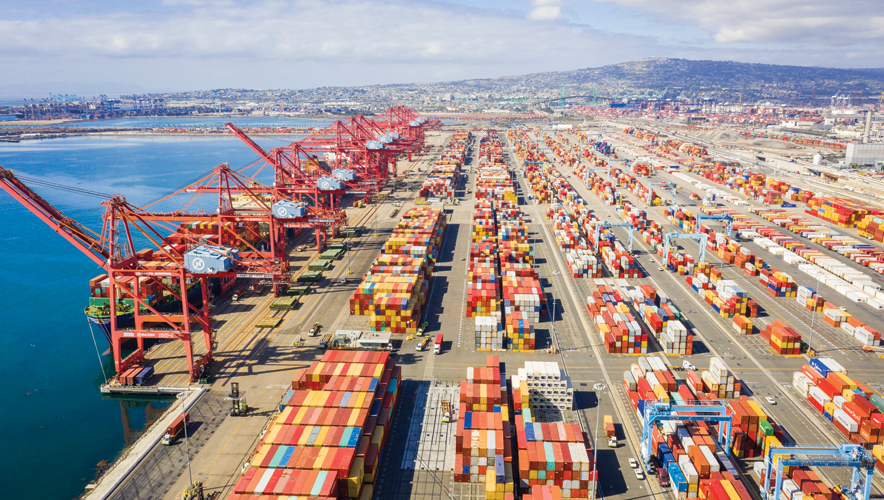
“Normally, you have a schedule where you sail for six weeks and then you will be home,” Hartong notes. But lately, crews have been stuck with unreliable situations, he says, such as vessels stuck anchored just outside of ports for two weeks, waiting to officially enter and be processed—prolonging crew members’ time away from home, families, and a chance to rest.
While maritime trade was not hit as hard as other travel-related industries during the pandemic, its “nascent” recovery in late 2020 has since been “hindered by supply-chain bottlenecks,” according to the UNCTD’s report. Although increased freight rates, surcharges, and fees resulted in a boom for shippers, congestion remained around some ports throughout 2021, causing a ripple effect that continues to result in delays.
So when skilled laborers leave, ports and shipping companies must quickly look for employees to fill those gaps to keep even greater logjams from forming around ports and to keep ships sailing. In that rush, organized crime sees an avenue for infiltration.
Prime Positions
The call for more skilled labor at ports offers organized crime groups a chance to plant their members directly into the supply chain, bypassing the need to motivate outsiders or cultivate allies, Hartong says.
While much of the maritime industry centers on the seas, it’s not unusual for organized crime syndicates to focus on land operations. Based on qualitative research on organized crime groups’ activities in Italy, a study published in November 2020 in Trends in Organized Crime found that these groups are permanently and pervasively active in main harbors throughout the country. “Organized crime groups operate mostly in illegal business and in particular in illicit trafficking of drugs, cigarettes, and counterfeit goods; the Italian mafia ‘Ndrangheta seems to be able to persist in space and time within several seaports,” according to the study.
Based on court documents, press articles, and public law enforcement reports, the study, An exploration of organized crime in Italian ports from an institutional perspective, found that out of Italy’s more than 350 ports, 50 are impacted by the presence of organized crime groups (roughly 14 percent). “Among them, there are seven ports identified for their ‘national importance’ (i.e., for their administrative importance) and others for their ‘national relevance’ (i.e., for their economy relevance),” the study noted. These ports are significant in that they welcome, load, and unload vessels with a gross tonnage of more than 300, indicating a preference for larger ports that deal with considerable volumes of cargo.
And with maritime businesses looking to quickly fill skilled labor positions, organized crime groups will likely seek to infiltrate legitimate workforces with sympathizers or inside actors who will help them access transit and storage facilities.
While some organized crime organizations steal goods from legitimate businesses once they arrive at ports and then resell the merchandise to local consumers, they are not the only ones watching incoming ships.
In February 2022, a joint law enforcement operation across eight countries arrested 45 people in Europe on charges of flooding the continent with drugs from Latin America. The arrests included Europe’s “most active Albanian-speaking cocaine trafficking networks…[including] a number of high-value targets, investigated in multiple high-profile cases in different jurisdictions,” Europol said in a press release.
The crackdown targeted a network—found in Belgium, Croatia, Germany, Italy, The Netherlands, and Spain—that allegedly received cocaine at several European ports.
Drug cartels and human traffickers are looking for and finding opportunities to take advantage of freight ships. They can either pose as legitimate shippers or try to enter a legitimate shipping channel created by another business.
“These criminals find the loophole in your supply chain” by adding contraband to containers with legal goods or swapping the containers altogether, Hartong says.
Not Watching Their Weight
To attract businesses and overcome supply chain issues, freighters today are regularly loading the maximum number of containers, which in theory would increase vessels’ efficiency. But as with fewer knowledgeable employees already trained or acquainted with proper loading procedures, this ends up translating into losses once these ships encounter anything less than a sunny sky and calm seas.
“What we do see has nothing to do with criminal elements,” Hartong says. “It’s just that there are a lot of containers falling overboard because the vessels in the past were never fully loaded.”
As quick shipping is more critical than ever to global commerce, shipping companies are trying to use every inch of space on their vessels. But these optimization efforts mean that the people loading up vessels are ordered to stack containers to the maximum allowed height.
Stacking blocks on top of one another sounds relatively straightforward, but when mass is taken into account, this can drastically change the outcome. Simply: if heavier containers are placed on top instead of at the bottom, and if they are not properly lashed down, it’s far easier for the stacks to topple overboard into the sea.
“Because of the fact that they’re fully loaded and they have to load relatively fast, if we have a little bit of rough weather, we see a lot of containers currently falling overboard,” Hartong says.
Based off of data from the World Shipping Council, Bloomberg estimated that more than 3,000 containers fell into the sea in 2020, and by April 2021 the rate of lost containers for the year had already exceeded 1,000. For a sense of scale, the largest cargo vessels can transport a maximum of more than 21,000 20-foot cargo containers, and an estimated total capacity of 29.1 million cubic feet for cargo.
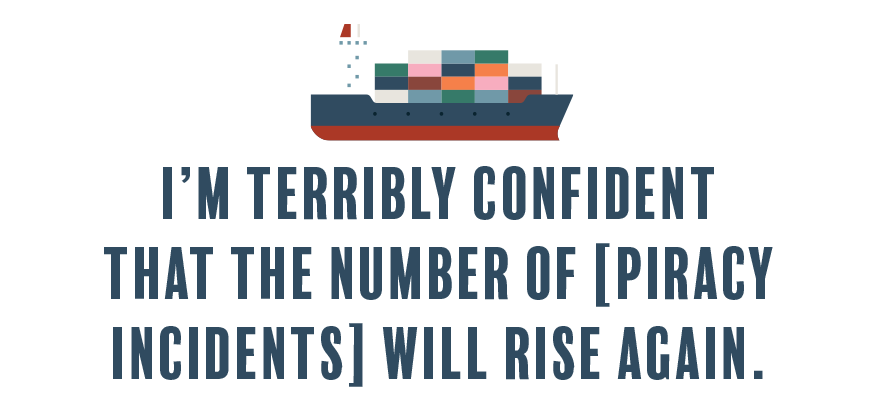
Improper stacking is not just a result of the rush to move the ship along and attempt to avoid or lessen a backlog of other waiting vessels—sometimes, it’s also because a container’s contents are not accurately declared. Whether an error in paperwork is just a mistake or related to criminals trying to hide their goods, inaccurate weights listed on loading documents can still result in dozens of containers falling into the ocean. Other times, it might be because the people loading a vessel are relatively new to the job and lack experience in loading cargo properly.
Sometimes everything is done correctly, and containers still fall overboard.
“Proper packing, stowage, and securing of containers and reporting of correct weight are very important to the safety of a container ship, its crew, and its cargo, to shore-based workers and equipment, and to the environment,” the World Shipping Council wrote in its March 2021 report, Containers Lost at Sea–Liability and Insurance. “However, even with proper packing of the cargo into the container, correct container weight declaration, and proper stowage and securing aboard ship, a number of factors ranging from severe weather and rough seas to more catastrophic and rare events like ship groundings and collisions can result in containers being lost at sea.”
A Pirate’s Life for Me
One upside to the COVID-19 pandemic was a decrease in incidents of piracy. Lockdowns and stricter controls on port facilities and ships translated to a decrease in violent incidents occurring while at sea, according to Samuele Caruso, CPP, a senior security manager for Italian shipbuilding company Fincantieri.
The ICC International Maritime Bureau (IMB) reported that the number of incidents where vessels encountered pirates decreased from 2020 to 2021, with kidnappings at sea dropping 55 percent in 2021. The organization credited the overall decrease to an increased presence of international naval vessels and international cooperation.
“Maritime piracy and armed robber attacks reached the lowest recorded level since 1994,” the IMB said, based on its Piracy Reporting Centre receiving only 132 reports of such incidents in 2021, including 115 instances where vessels were boarded, 11 attempted attacks, five where ships were fired upon, and one incident where the vessel was hijacked.
However, as the world returns to a sense of normalcy—or at least pre-COVID behavior—piracy is expected to return as well. “I’m terribly confident that the number of [piracy incidents] will rise again,” Caruso says.
It’s not just because of fewer lockdowns, he explains. It will likely be an effect from broad, international pressures, including economic stresses hitting poorer countries, inflation, and a growing number of people joining the ranks of the unemployed.
Regardless of the extent to which piracy may return, Hartong estimates that shipping companies will be ready for it, given previous experience with this aspect of the maritime industry.
Previously, companies implemented measures, such as on-site security that traveled with vessels, to discourage piracy. “So, it’s not that we are as unprepared as we were maybe 10 years ago,” Hartong says.
Sara Mosqueda is assistant editor for Security Management. Connect with her at [email protected] or on LinkedIn. Follow her on Twitter: @ximenawrites.
